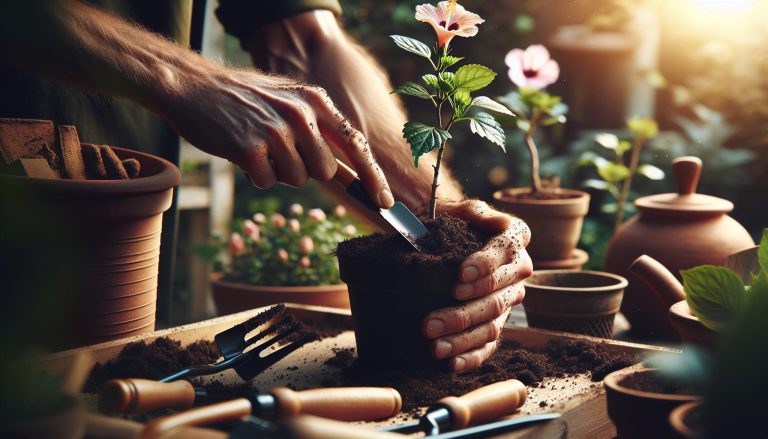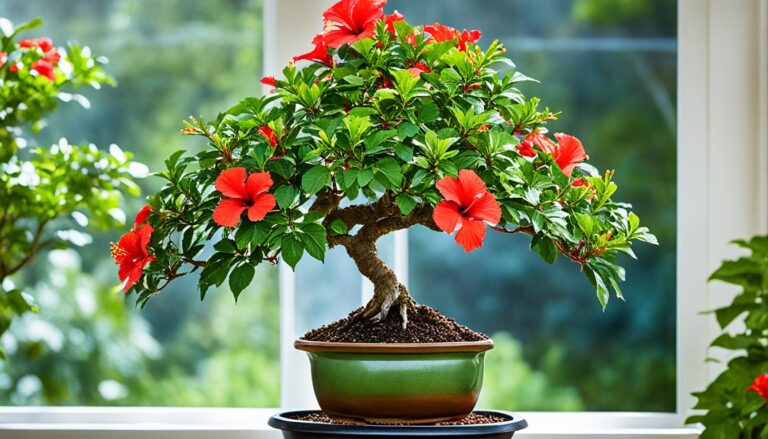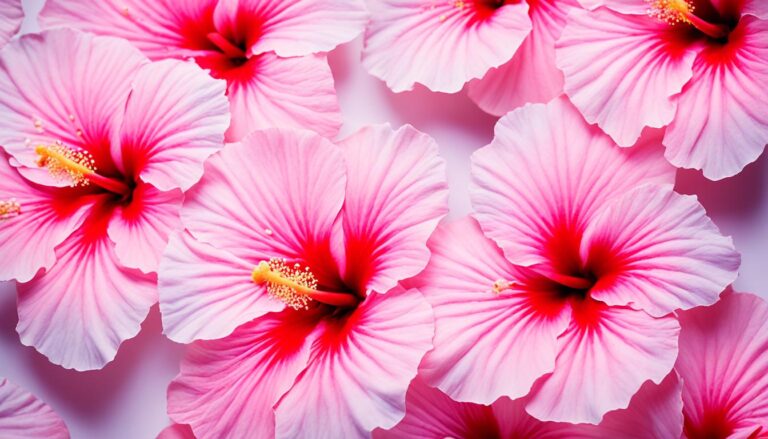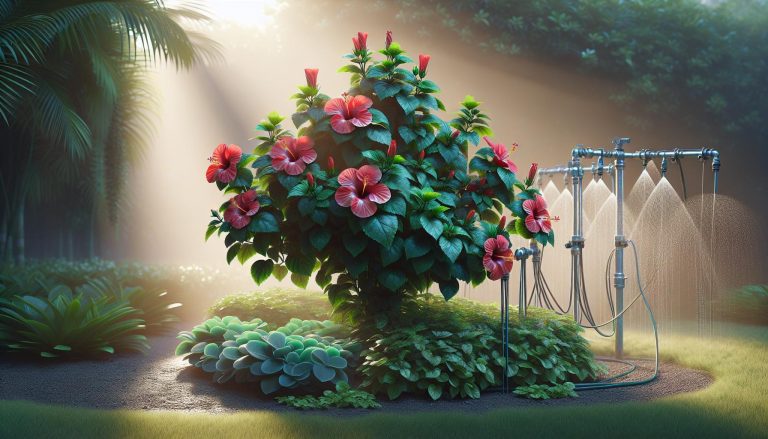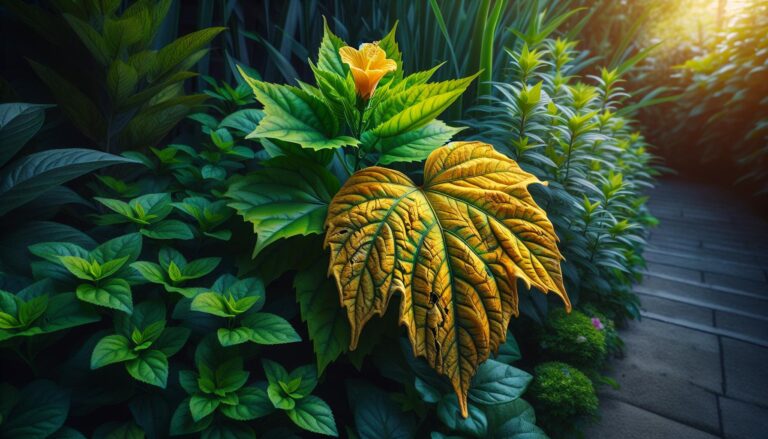Hibiscus Planting Seasons
Planting hibiscus at the right time can make all the difference in their growth and blooming. As a gardener with over seven years of experience and a particular love for hibiscus, I’ve learned a thing or two about getting these vibrant beauties to thrive.
In this article, we’ll dive deep into the best planting seasons for different hibiscus varieties, regional considerations, and some timeless gardening tips.
Understanding Hibiscus Varieties
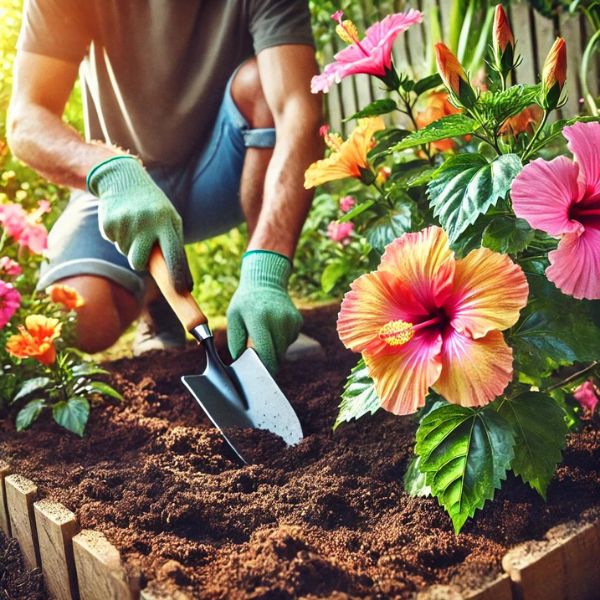
Tropical vs Hardy Hibiscus
Hibiscus plants fall into two main categories: tropical and hardy. Each has its unique needs and ideal planting times.
- Tropical Hibiscus: These varieties thrive in warm climates and are sensitive to cold. They’re perfect for places like Florida and Southern California.
- Hardy Hibiscus: More resilient to cooler climates, these can survive frost and are suitable for northern regions.
For more details on identifying your hibiscus type, check out How to Tell If Hibiscus is Hardy or Tropical.
Optimal Planting Seasons
Tropical Hibiscus
When planting tropical hibiscus, timing is key.
- Best Time to Plant: Spring and early summer are ideal. The warmer weather and longer days give your hibiscus the best start.
- Climate Considerations: Tropical hibiscus loves temperatures between 60°F and 85°F.
- Soil Preparation Tips: Ensure well-draining soil. Mix in organic compost to boost nutrients.
For more on caring for tropical hibiscus in warm climates, visit Florida Hibiscus Care Guide: Easy Tips & Tricks.
Hardy Hibiscus
The hardy hibiscus, on the other hand, can handle cooler temperatures.
- Best Time to Plant: Early spring, just after the last frost, or late fall, before the ground freezes.
- Cold Tolerance: Hardy varieties can withstand temperatures as low as -30°F.
- Soil Preparation Tips: Like their tropical counterparts, hardy hibiscus prefers well-draining soil rich in organic matter.
Curious about how big hardy hibiscus can get? Head over to Hardy Hibiscus Size Guide: Learn How Big They Get.
Regional Planting Guides
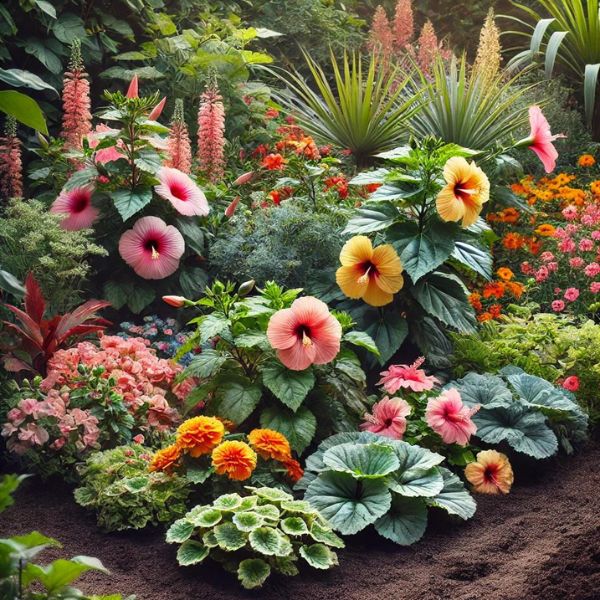
Planting in Warm Climates
In warm climates like the southern U.S., you have the flexibility to plant nearly year-round.
- Best Time: While spring is preferred, fall can also work if winters are mild.
- Soil Temperature: Ensure the soil is consistently above 60°F.
For a detailed guide on the blooming seasons in Florida, check out Florida Hibiscus Blooming Season Guide.
Planting in Cooler Climates
Gardeners in cooler climates need to be more mindful of planting times.
- Best Time: Plant in early spring or late summer to early fall.
- Soil Temperature: Wait until the soil warms up to at least 50°F.
For information on when hibiscus typically bloom, visit When Do Hibiscus Bloom?.
Preparing the Soil
Healthy soil is the foundation of a thriving hibiscus plant.
- Well-Draining Soil: Hibiscus dislikes waterlogged roots. Ensure the soil allows excess water to drain efficiently.
- Organic Matter: Mix in compost or well-rotted manure to enrich the soil.
- pH Level: Aim for a slightly acidic to neutral pH, around 6.0 to 7.0.
Planting Techniques
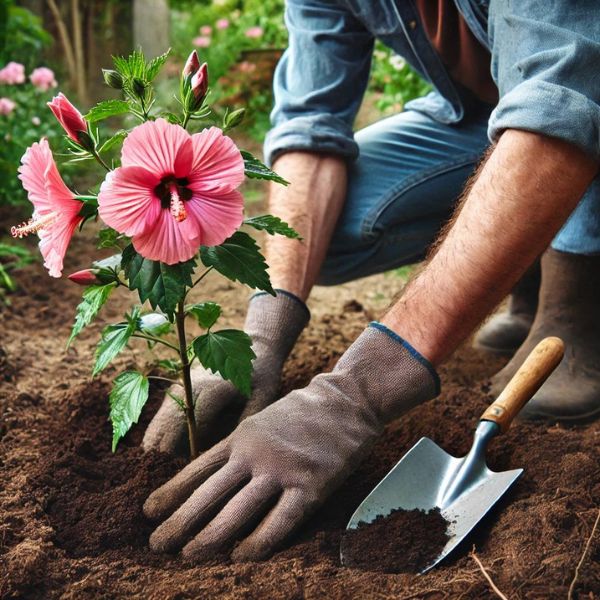
Follow these steps to give your hibiscus the best start:
- Choose the Right Spot: Full sun is ideal for most hibiscus varieties.
- Dig the Hole: Make it twice as wide and just as deep as the root ball.
- Planting Depth: Place the plant so the top of the root ball is level with the soil surface.
- Space It Out: Allow at least 3 feet between plants to encourage healthy growth.
- Water Well: Give your newly planted hibiscus a thorough watering.
Care and Maintenance Post-Planting
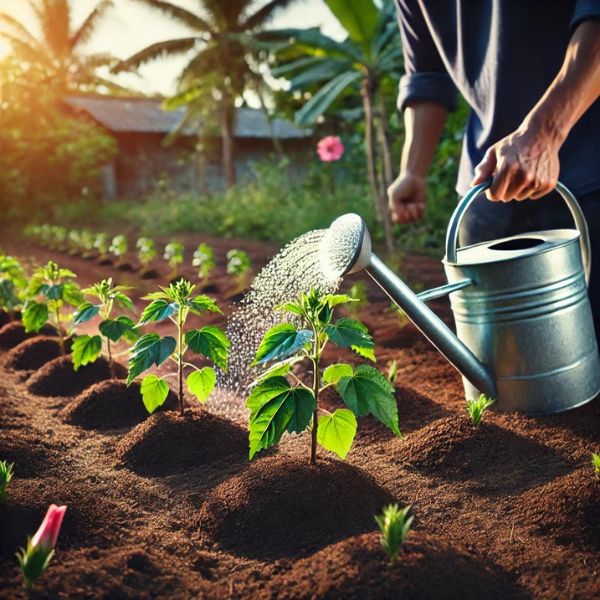
Ensuring your hibiscus thrives requires consistent care.
- Watering: Keep the soil consistently moist but not waterlogged. Mulch can help retain moisture.
- Fertilizing: Use a balanced fertilizer monthly during the growing season.
- Pest and Disease Prevention: Regularly check for pests. For a guide on safe pest control, see Safe Sprays for Hibiscus Bugs: Quick Guide.
Common Mistakes to Avoid
Even seasoned gardeners can stumble. Here are some pitfalls to watch out for:
- Overwatering: Hibiscus roots can rot if they sit in water for too long.
- Poor Soil Preparation: Ignoring soil quality can stunt growth and reduce blooms.
- Incorrect Planting Depth: Planting too deep or too shallow can stress the plant.
Conclusion
Choosing the right planting season for your hibiscus is crucial for vibrant growth and prolific blooming. Whether you’re growing tropical or hardy varieties, timing, and preparation make all the difference. For more comprehensive tips on hibiscus care, visit our detailed Hibiscus Plant Care guide.
FAQs
Q: Can I plant hibiscus in winter?
A: It’s not recommended. Winter planting can expose the plant to frost damage before it establishes roots.
Q: How often should I water newly planted hibiscus?
A: Water thoroughly right after planting and then keep the soil consistently moist.
Q: Can I plant hibiscus indoors?
A: Yes, hibiscus can be grown indoors with proper light and care. Check out our guide on Growing Hibiscus Indoors for more details.


